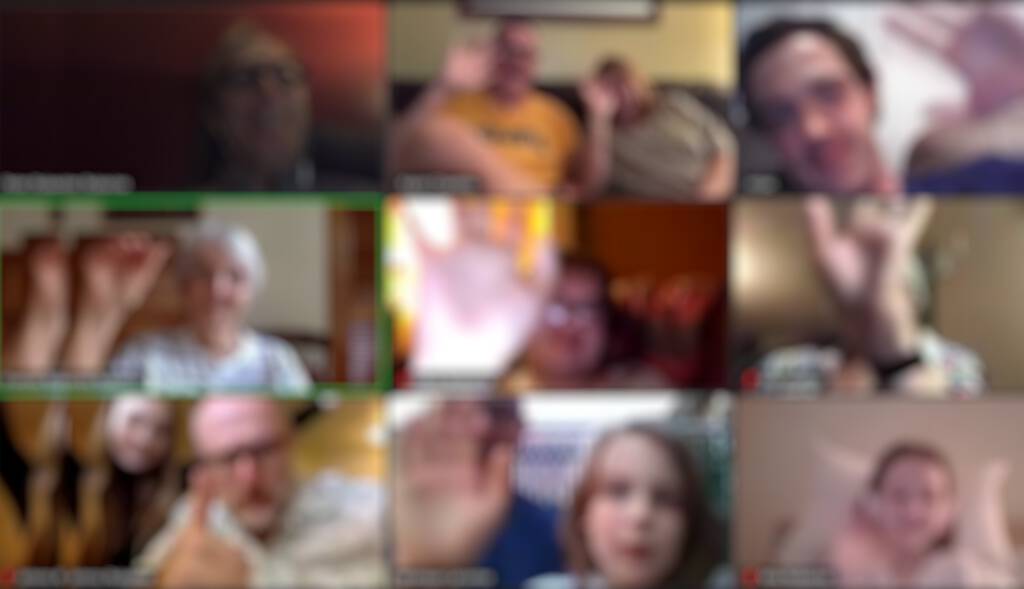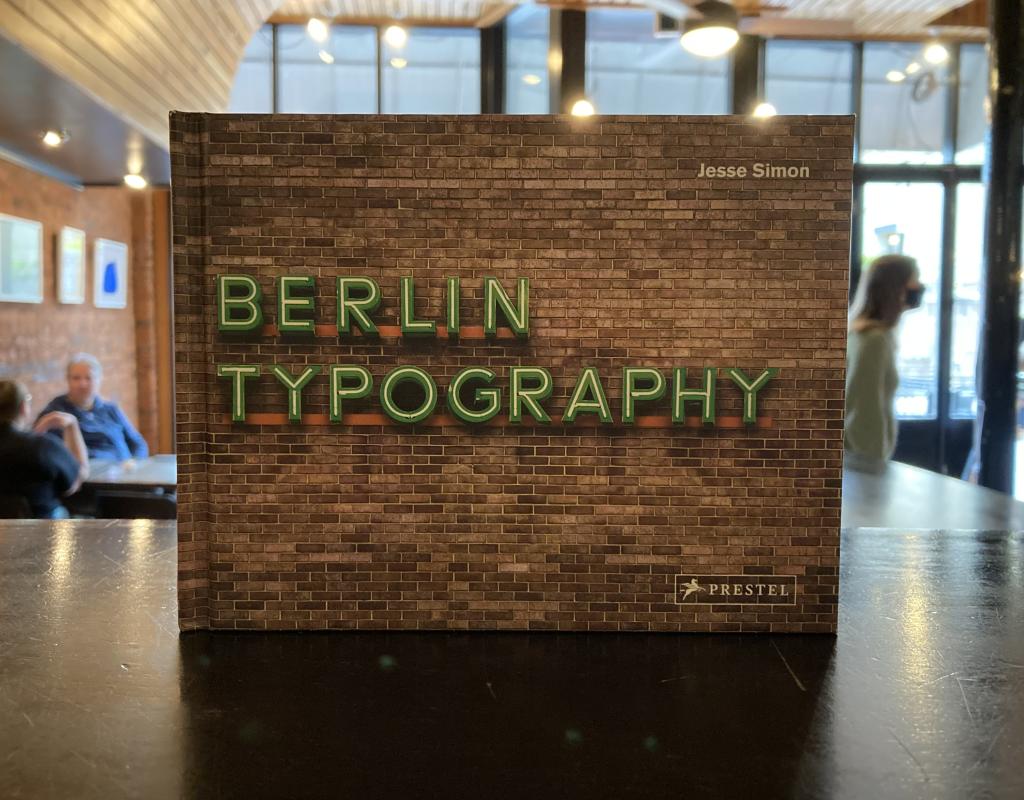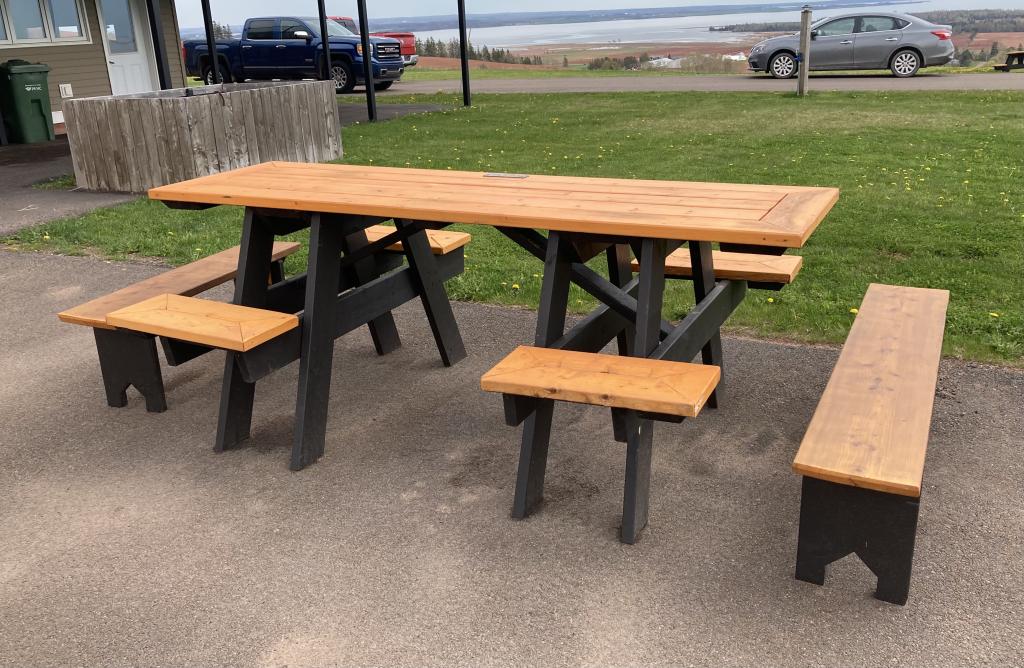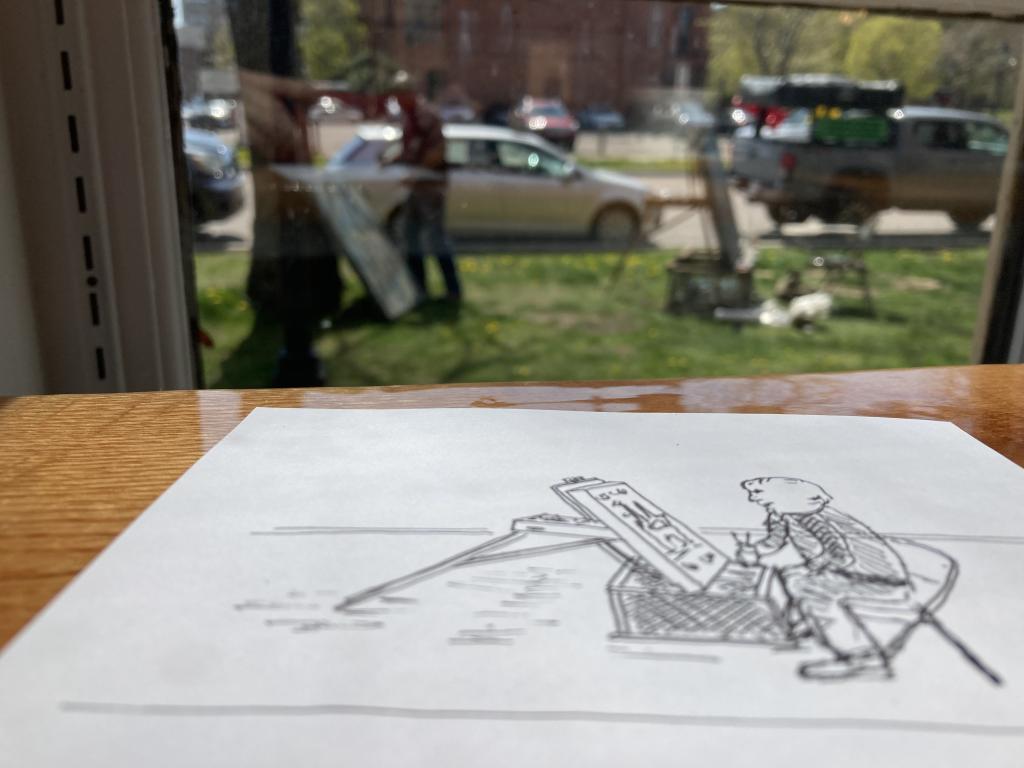Just over a year ago we started the tradition of Friday Family Zoom, gathering my family from PEI, Quebec, Ontario, and California together every Friday night for some family fun. At full strength there are 13 of us in the transcontinental clan, and the weekly connection has been a significant boon to our collective mental health. Indeed I’ve spent more time “with” my family over the last year than in the decade before; among other things that’s allow me to see my five nieces and nephews grow a year older, week by week by week.
When I mention this to friends, they often reply along the lines of “oh, we tried that early on and it was chaotic and we stopped,” which prompts me to describe here the elements that I think contribute to the success of the Rukavina approach to Family Zoom, which have evolved based on doing it more than 50 times.
The essentials of the template we use today was one that Olivia came up with after we’d been at things for a while, and we all owe a lot to her for that.
- Every week there’s a host. Olivia came up with a complex scheme to schedule the host for each week, and we have a shared family calendar so that we’re all up to date on who’s time it is. If, for some reason, someone can’t meet their hosting duties, they find someone to swap with.
- Participation is voluntary. Not every one of our thirteen attends every week. People get sick, or have other plans, or just don’t feel like coming; there’s no social pressure for complete attendance. Whoever shows up shows up.
- Same time every week. We always start at 8:30 p.m. Atlantic, which is 7:30 p.m. in Quebec and Ontario and 4:30 p.m. in California. Not too late for the youngers, not too early for the west coasters. On rare occasions we’ll go an hour later if schedules demand it, but we tend to stick to the predictability of the 8:30 p.m. start.
- We start with a discussion. As a warmup, we start with a discussion on a topic, selected by the host, and related to the week somehow–an event or holiday or birthday that happened that week. Discussion topics past have included “Remembering Catherine,” ”Lesbian Visibility Week,” “Endangered Species,” “National Eat What You Want Day,” “different April Fools pranks that you have done or heard of,” and “what is your favourite snack food.” Discussion period lasts about 15 minutes, and everyone gets a chance to chime in.
- Next we have an activity. Like the discussion topic, the host is responsible for coming up with the activity. Because our ages range from 5 to 82, activities are skewed toward something that everyone can participate in. “Let’s recite Shakespearean sonnets as fast as we can” gets trumped by “let’s pick the worst song of all time.” Because we’re a neurodiverse bunch, we tend to avoid activities that involve timers or rushing or a lot of pressure; winning is never the point.
- It all lasts about an hour. Sometimes less, sometimes more, but generally about an hour. When we’ve gone longer, people get tired and grumpy and don’t want to do it again.
- We finish with a family photo. Which is just a screen shot of the Zoom. Sometimes there’s a prompt, like “okay, everybody look super-scary,” and sometimes there’s not. It’s a good way to signal the end, and a nice keepsake for everyone.
All seven of those points–host, voluntary, same time, discussion, activity, about an hour, photo–has proved integral to the enterprise. It’s also been helpful to have a Zoom paid subscription so we never hit the 40 minute Zoom timeout that comes with free accounts; it’s worth the $18/month for that.
Here’s a sampling of the activities that have proved successful:
- Pictionary. I think this has been the most fun, in part because it’s something everyone can do and enjoy. We started off trying to use an external shared whiteboard app for this, which worked but was a little kludgy; then Zoom rolled out its own shared whiteboard, and that’s worked well. The host chooses the drawing subjects and private messages them in Zoom to each person in turn; sometimes the subjects are simple–”raccoon,” “ice cream sundae”–and sometimes they’re harder, like “the love you feel for your partner.”
- Kahoot. This does require use of a third party website/app, Kahoot, but it’s proved simple enough for everyone to use. Kahoot is essentially a “multiple choice test builder” and we’ve used it for things like “Rukavina family trivia” most successfully. There’s a little bit of countdown tension in Kahoot, but it’s seldom proved too much.
- Scavenger Hunt. Host comes up with a list of common household things, and spools them out one by one, with time for each squad to locate one. It’s not timed: you get a point simply for finding your quest, with bonus points awarded for creativity.
- Charades. If I had my druthers, we’d do charades every week (if I had my druthers I’d be a professional charades player). It’s a little challenging to get the various Zoom devices set up to work well for this (placing an iPhone or iPad on a table and standing in front of it works well). As with Pictionary, the host hands out the charades by private message to each person in turn.
- Make a craft. Host provides a materials list for a simple craft, common things found in every house, and then instructs us in how to make it.
Again, the key to the activity portion is that it’s something everyone can do, no matter their age; one of the great things that’s evolved over the last year is that nephew E., the youngest among us, has gone from being antsy passive bystander to active participant; he hosted his first Friday Zoom in April.
Our family, like many families, I imagine, has experimented over the years with things like “Christmas morning Skype call,” and they’ve always proved chaotic and disappointing; the difference between those and Friday Family Zoom (other than Zoom itself, which is much-evolved from ye olde Skype) is the structure and the emphasis on inclusion. It’s not an exaggeration to say that Friday Family Zoom helped keep my head above water over the last pandemic year, and I’m proud of, and grateful to, my family for rising to the challenge.

It’s possible that, like me, you ended up with a bunch of “Scene” points from the Cineplex movie theatre chain from the Before Times, and now find yourself thinking “why oh why would I ever go to a movie theatre again.”
It turns out that Scene points can be used to rent films from the Cineplex Store to stream at home.
The process is a little clunky because the various Cineplex apps don’t support in-app purchasing, so you need to purchase on the web before streaming. But it works, and Cineplex has films in its catalog I can’t find anywhere else.
If you can look beyond the “Hugh Laurie playing Dr. House again, but as a consulting psychiatrist in San Francisco, with more violence,” the TV drama Chance, streaming on Disney+, is compelling. Laurie is supported by a strong cast, most notably Ethan Suplee, who is brilliant.
For the first 25 years I pronounced awry as ow-ree.
Today I realized that I’ve been writing demure when I mean demur.
As in “I must demur, as I have no knowledge of phlebotomy.”
The end of World War I was reported prematurely on Thursday, November 7, 1918. Two days later the New York Tribune reflected on what followed:
The Thief of Joy
It was the absolute spontaneity of Thursday afternoon’s explosion of joy that marked it off from every other celebration we can recall. No one had really dared face peace. It was too good to be true—it and all the gains which it signified for human beings the world around.
So when it burst unexpectedly upon us—through a giant hoax—there were no preparations, no set attitudes, to greet the glad tidings. There was only a spontaneous eruption of long pent-up feelings, gushing forth to find their own natural channel of outlet. For those first early hours after the supposed news arrived the doings were an utter improvisation. People laughed and sang and wept and cheered and talked to strangers and marched and countermarched and waved, and altogether dumped their emotions out upon the highway exactly as they flung papers from their office windows.
Can such a celebration be repeated? When the real news of peace arrives shall we have another celebration as good and joyous as those first hours? Hardly, we think. The edge has been taken off. What is more, even on Thursday the celebration had become formalized, had begun to run in routine channels, by nightfall. Broadway became more and more like an election night as the hours passed. To be sure, the doubts cast upon the news undoubtedly damped some spirits and took the thrill out of the evening. But, even more, the first spontaneity had worn off. Hearts were still aflame, but there was need of forced draft and fresh fuel from new recruits to keep the thing going at full tilt.
Anticipation is, in truth, the real thief of joy. The best times are always the unexpected ones. It is not the parties that you plan for weeks and look forward to that come off. There must be surprise and novelty and freshness to yield the last word in happiness and thrill. That we had on Thursday afternoon. The real thrill has passed, never
to return.
That is a beautiful piece of writing, and the final paragraph provides words to live by that have proved true, time and again, in my life.
I found my way to this having read a quote attributed to Theodore Roosevelt, “Comparison is the thief of all joy,” as a piece of advice to those in polyamorous relationships, upon meeting their partner’s partners for the first time. I wanted to understand the context in which Roosevelt was speaking and, instead, found that he was likely misattributed as the source.
Which, in itself, is a lesson similar: the most interesting learning happens when you wander accidentally in the side door of something.
My copy of Berlin Typography arrived at The Bookmark this morning; I learned this because I happened to walk by the shop and was enthusiastically waved in.
There is a large part of my heart in Berlin, and if I was granted the wish to live elsewhere, it would be at the top of my list. We spent the balance of the summer of 2011 living, printing, exploring, drinking, eating in Berlin; not a spring has passed since when I don’t have thoughts of doing the same all over again. The book is a photographic love letter to the city’s typographical wonders, and leafing through it hasn’t done anything to stanch my longing.
It’s lovely to see a book like this packaged in an affordable 5 by 7 inch format; what might have been a $60 coffee table book is, instead, a $23 everyday book.

I’ve always hated standard picnic tables: they’re hard to get in and out of, and uncomfortable to sit in.
Today I spotted this design, which seems to have a lot to recommend it.

Paul Graham, in Fierce Nerds:
To be a nerd is to be socially awkward, and there are two distinct ways to do that: to be playing the same game as everyone else, but badly, and to be playing a different game. The smart nerds are the latter type.
❦
One long afternoon in my mid-20s I got into a debate with my friend Stephen about the two sentences:
Cynicism has to do with exercising innocence.
Cynicism has to do with exorcising innocence.
❦
In my final year of high school I received a failing grade for turning in an assignment in comic book form.
❦
In the coffee shop this afternoon I spotted a fetching person sitting across the room with a Hudson Records sticker on their laptop. This struck me as odd, as Hudson Records is a small three-person record label in England. I’d assumed I was the only person on my block to have heard of it.
❦
On the bottom of Stewart Brand’s website is the following:
Anything written by me here is licensed under the Creative Commons Attribution-Noncommercial 3.0 United States License. (Please don’t ask permission to borrow my stuff: just do it.)
❦
Working from Home, by Aurynn Shaw, is a rich early-pandemic guide to doing just that. I especially like:
You take lots of breaks at the office. You get up. You wander around, you talk to co-workers, go to the kitchen for water, etcetera. This is normal. So do it.
You don’t have to do any work-from-home presenteeism, so, don’t. Really, really, really don’t.
You need to step away, have normal lunch hours, sit on your couch and recharge while watching some TV, the things that help you disconnect and refocus.
Doing those things is stepping out of the made space. You leave the work space, you do the not-work things, you re-enter the work space, and can do work things again.
Having my house across the street from my office has been a terrific lever in this regard: I only realized last week that if I went out to pick up lunch there was no earthly reason I needed to eat at my desk in the office when there’s a perfectly wonderful place to relax just across the street.
From the front window at The Gallery on Great George, a quick ballpoint pen sketch of a painter at work.


 I am
I am